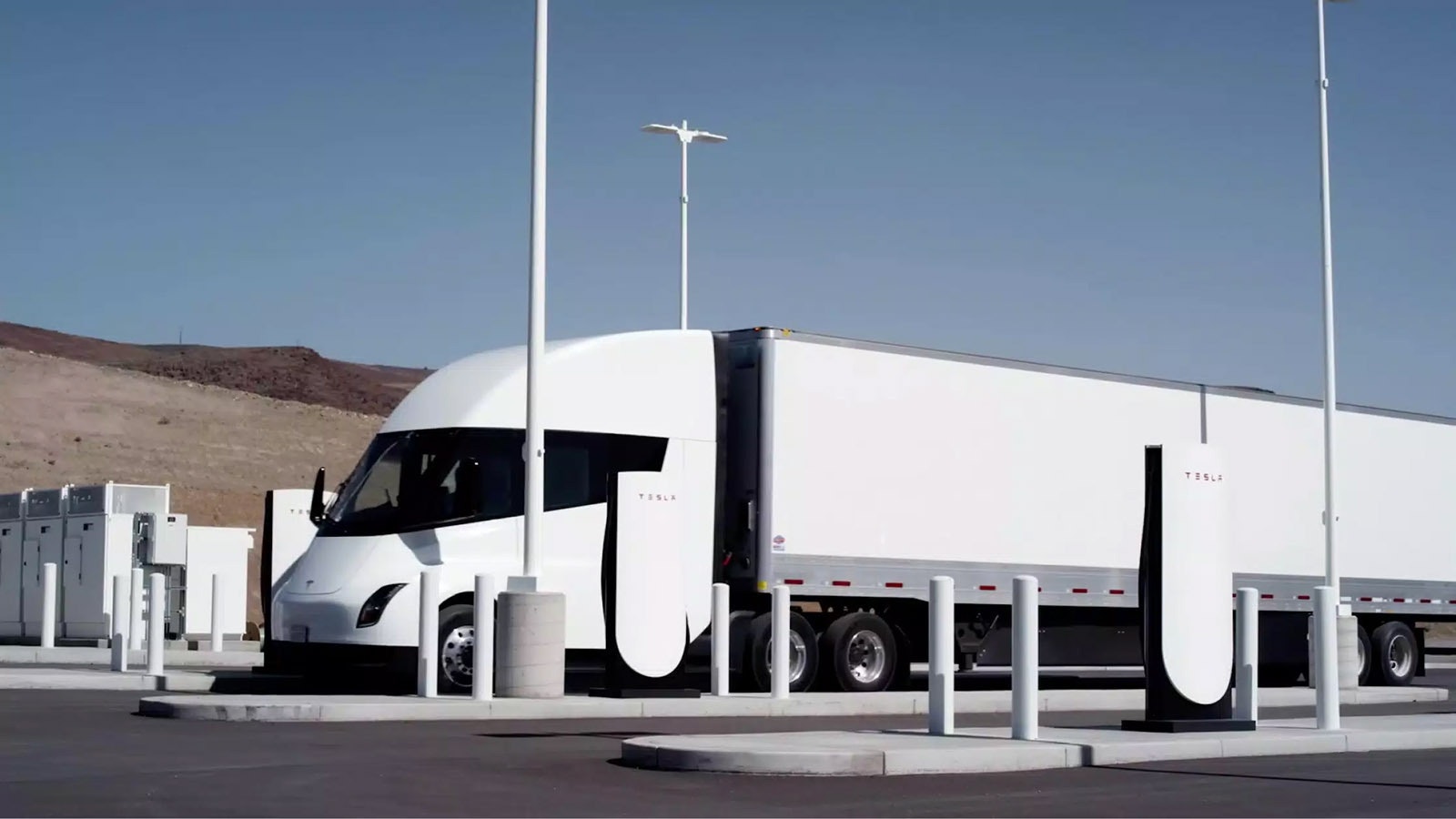California first banned gas-powered cars. Now it’s also targeting diesel-powered semitrucks.
And the charging stations needed for the electric trucks that would replace diesel trucks will require about the same amount of power of a small town.
The California Air Resources Board is proposing that after 2025, diesel-powered rigs with more than 800,000 miles on them not be allowed to operate at ports and railyards in the state. Additionally, CARB wants to require that starting in two years, all new vehicles be powered by “clean” fuels.
The goal of these proposals is to eliminate 30,000 diesel-powered trucks by 2035.
Wyoming Watches
Sheila Foertsch, managing director of the Wyoming Trucking Association, said the California proposal is so recent that she couldn’t comment on it. She doesn’t think many of the association’s members do a lot of work in California.
However, California’s policies often have a ripple effect across the country as other states consider or implement California’s rules. The federal Clean Air Act prohibits states from setting their own emissions standards, but a provision in the act authorizes the EPA to grant California a waiver from that restriction. Other states can then go along with California’s regulations without EPA review.
Power the Future, an energy industry advocacy group, estimated in a recent report that about 40% of the U.S. population is in states that follow California’s lead in setting emissions.
How the semitruck proposal will play out, Foertsch couldn’t say until she’s had time to look at the regulation.
“When states implement those kinds of broad-based requirements, it has a far-reaching effect on industries,” she said. “So, it’s something we’re watching.”
Tesla Semi
If the rules go into law and spread across the nation, compliance will be expensive. Smaller trucking companies and independent owner/operators would have a tough time surviving them.
Electric semitrucks retail for about $180,000, which is two to three times the cost of a new diesel truck. There are some tax breaks that would bring that price down.
Tesla claims its electric semis will save $200,000 in fuel costs in their first three years of ownership. The trucks also require less maintenance, meaning drivers will spend less time and money servicing their trucks.
The Wall Street Journal reports most electric trucks have a range of about 100 to 200 miles.
Tesla advertises its semi as having a range of 500 miles with a 40-ton load, with an acceleration rate comparable to that of a diesel-powered truck. It can charge to 70% in 30 minutes with special charging stations. So far, these special charging stations are few and far between, especially across Wyoming.
Lots of Power
California state officials, according to the Wall Street Journal, estimate the state will need 157,000 semitruck chargers by 2030 to support their proposed rules for electric semis.
The average cost of a high-level passenger charging station is about $500,000 each. At that rate, the state will need $78.5 billion to cover the cost of the chargers. Since large rigs will need a lot more power, it’s likely the stations will cost more.
National Grid, a northeast U.S. utility company, performed a study that estimated a single Tesla Semi charging station would require the same amount of power as a small town.
If the past is any indicator, these numbers won’t deter California from proceeding ahead with the plans. Last summer, CARB voted to require all new cars sold in California to be emissions free by 2035. Days later, state officials asked residents not to charge their cars as a September heat wave was stressing the state’s electrical grid.





